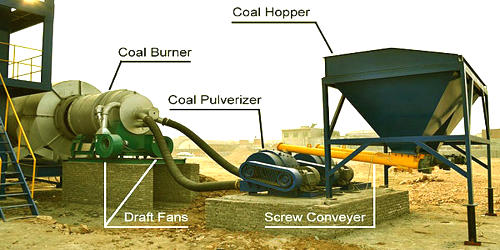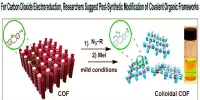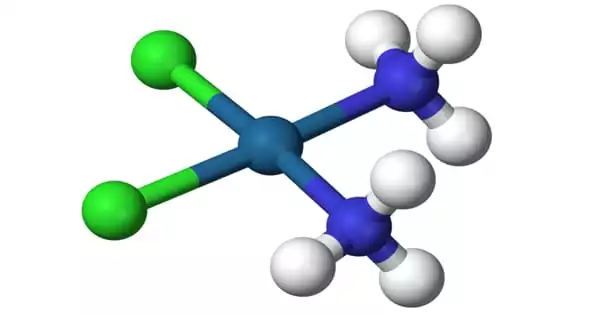A frigorific mixture is a combination of two or more chemicals that achieves an equilibrium temperature that is independent of the temperature at which the two chemicals began. It is a chemical system mixture of two or more phases that, as long as none of the phases is consumed during equilibration, reaches an equilibrium temperature that is independent of the starting temperatures of the phases before they are mixed.
The equilibrium temperature is also independent of the quantities of the phases used, as long as enough of each is present to reach equilibrium without consuming one or more. As long as significant amounts of each original chemical are present in their pure form, the temperature is also relatively independent of mixture quantities.
Explanation
The existence of frigorific mixtures can be explained by the Gibbs phase rule, which describes the relationship at equilibrium between the number of components, the number of coexisting phases, and the number of degrees of freedom permitted by the heterogeneous equilibrium conditions. At constant atmospheric pressure, if C +1 phases are specified to be present in equilibrium in a system containing C linearly independent chemical components, then the system is fully determined and there are no degrees of freedom.
At 0 degrees Celsius or 32 degrees Fahrenheit, liquid water and ice form a frigorific mixture. At -17.8 degrees Celsius or 0 degrees Fahrenheit, a mixture of sodium chloride and ice forms a frigorific mixture.
Uses
A frigorific mixture can be used to create a liquid medium with a reproducible temperature lower than the ambient temperature. Thermometers were calibrated using such mixtures. A cooling bath can be used in chemistry to control the temperature of a strongly exothermic reaction.
As an alternative to mechanical refrigeration, a frigorific mixture can be used. To fit two machined metal parts together, for example, one part is placed in a frigorific mixture, causing it to contract so that it can be easily inserted into the uncooled second part; upon warming, the two parts are tightly held together.
They can also be used to generate cold temperatures when mechanical refrigeration is unavailable. They can be used to shrink-fit two items together, such as machined metal pieces. One item is immersed in a solution to make it cold and shrink. After that, the cold item is placed inside the other item. When the cold item warms up, it expands and snugly fits into the other item.
Information Source:
















